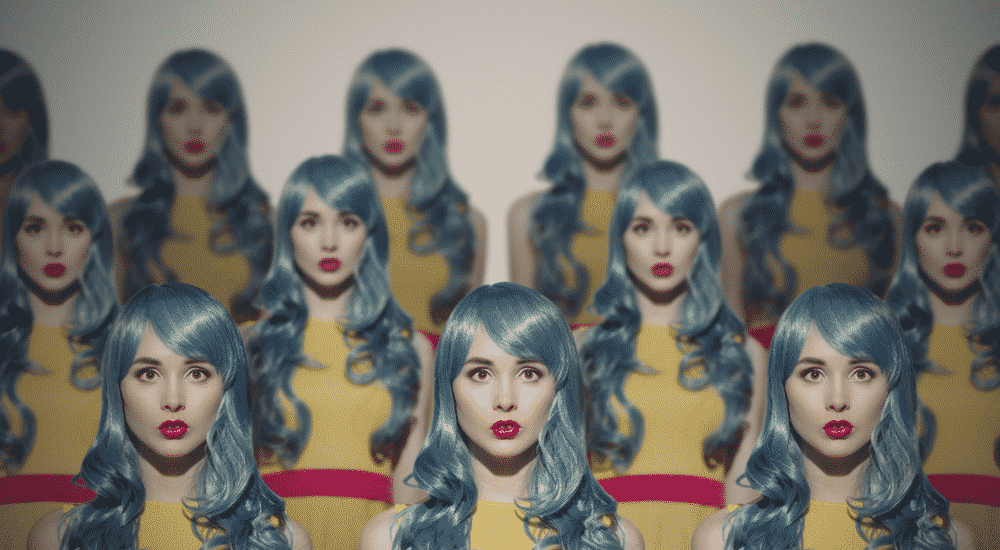For quite some time it has been possible to clone human embryos, and doctors have been collecting stem cells to use in genetic treatments for many of the most challenging medical conditions. There have been a number of rather fanciful films made about the subject, but what precisely are the realities of human cloning? Can it be done, and will it be done?
Theoretically it would seem that it could in fact be possible; however when we consider the issues that would be raised regarding any ethical considerations and the huge financial resources it would require, it would seem that it may be beyond the scope of even the most talented and dogged researchers and scientists, at least in our lifetimes. In fact, there are multiple hurdles.
Human Cloning Hurdle No. 1
You may wonder why there should be hurdles when scientists over 60 years have managed to clone a number of reptiles and mammals, including frogs, cats, mice, pigs, and—famously—sheep. These scientific undertakings have been incredible difficult and the few qualified successes have been the outcome of tens of thousands failures, each requiring an egg. This would be the first hurdle: There is no way to have access to this many human eggs.
Human Cloning Hurdle No.2
Another major hurdle is that cloning a pig is not the same as cloning a human, since the cells react in a different way. Each species needs to be handled in a different way. In order to clone a person you would first have to remove the nucleus from a cell, but this action also removes the proteins that allow for cell division. This can work in most animals, but so far we have not found a way to make this work in humans, which is yet another hurdle to human cloning.
Human Cloning Hurdle No.3
A more serious issue often found in cloned animals is that there is a high frequency of genetic abnormalities and other very serious issues with their DNA. These genetic abnormalities lead to one of two scenarios: either there is no implantation, or a spontaneous termination of the pregnancy occurs. In the very unlikely event that the animals do go to full term, they often die during birth or soon thereafter.
The most likely cause of abnormalities during the cloning process is that the entire DNA is coming from one animal rather than two, as would be the case in nature. Many of the developmental problems are associated with the placenta, causing blood flow problems. This issue was highlighted when a team of scientists cloned a banteng cow that subsequently grew to twice the normal size and had to be destroyed at birth.
So, If It Were Possible, Would You Do It?
With the real difficulties facing scientists to successfully clone any animal, the cost associated with it, the resources, and—not least—the ethical dilemmas, it is safe to say that human cloning will remain in the realm of fantasy—at least for the time being!
You may not be a clone of your ancestors, but you certainly did inherit many of their traits! We can help you find out where you came from.
If you need additional information about a DNA test or want to order, contact our experienced customer-service team on 020 3301 7346.

